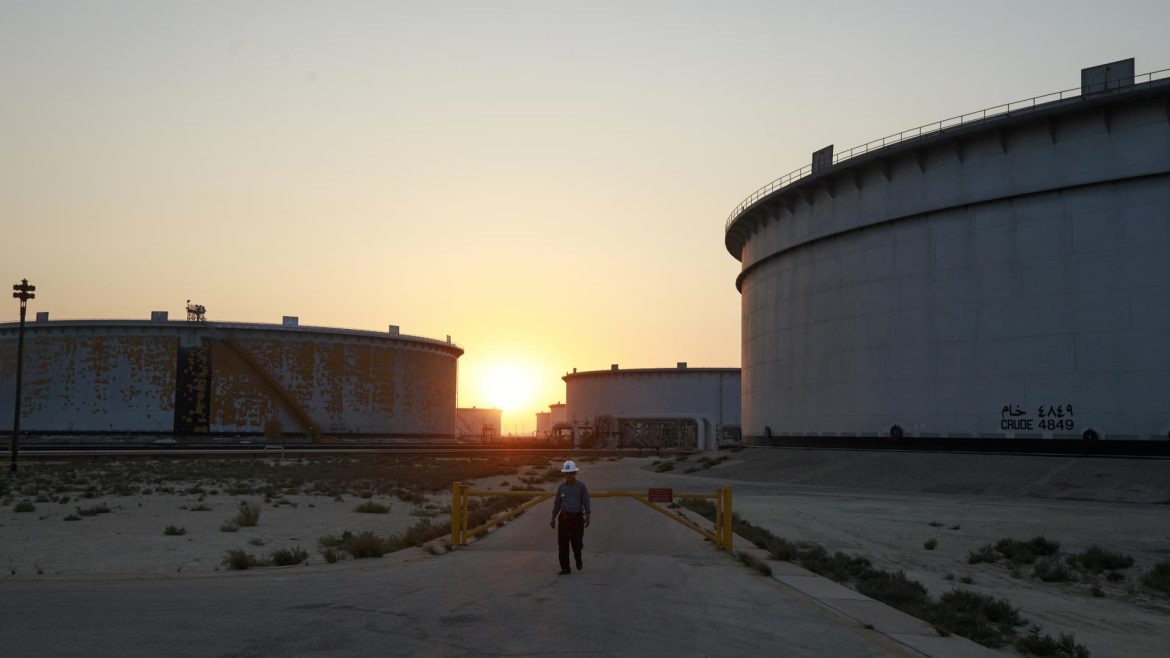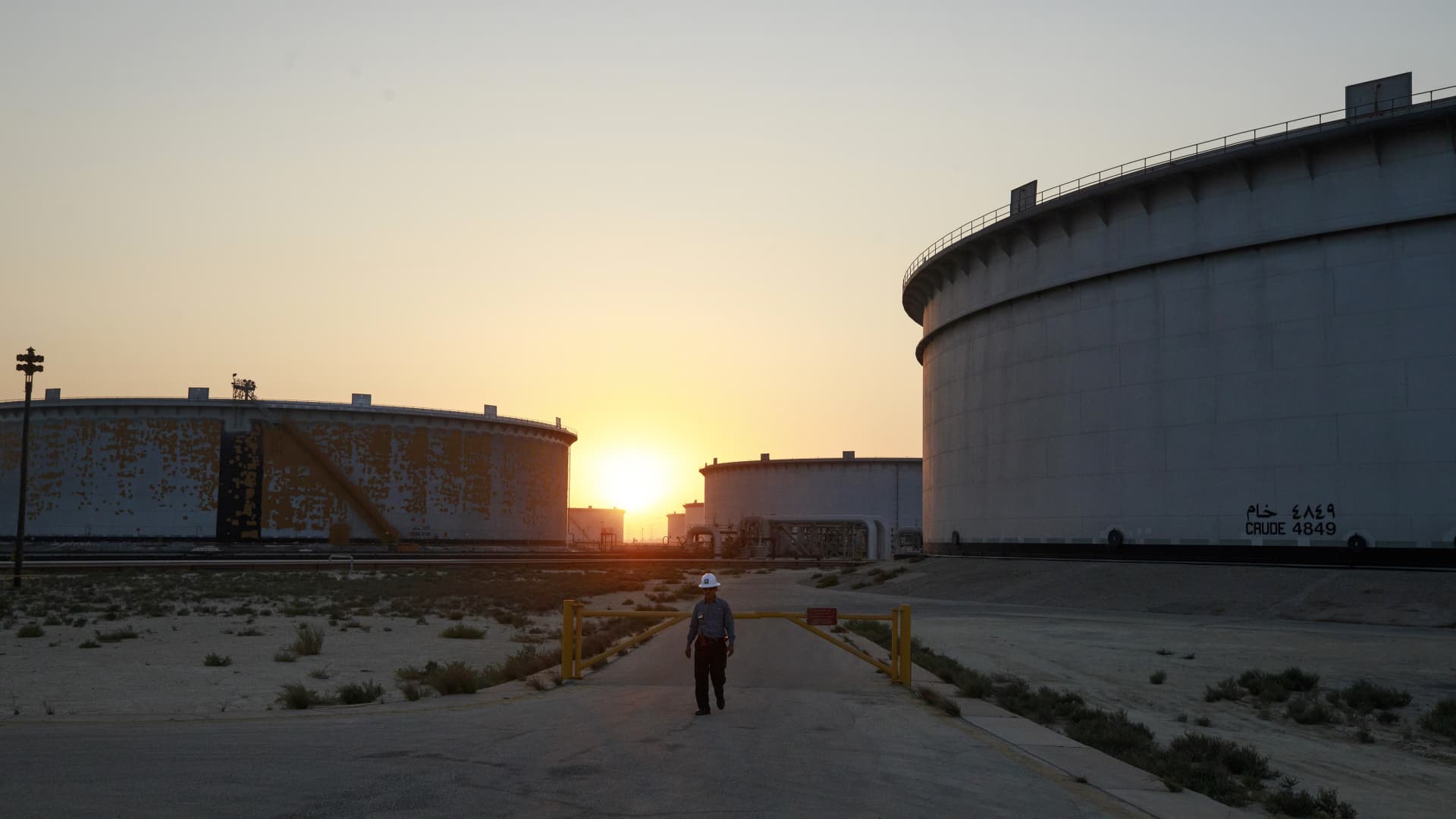Escalating Middle East Conflict and Its Impact on Oil Prices: A Comprehensive Analysis
The recent spike in tensions across the Middle East has sent ripples through global oil markets, driving prices upward amidst concerns about supply disruptions. This report examines the multifaceted dynamics behind this surge, its broader economic implications, and the potential outlook for energy markets.
—
The Latest Surge in Oil Prices: Unpacking the Drivers
Oil prices have exhibited a notable increase, with U.S. crude futures rising more than 4% and Brent crude marking gains of around $2.90 per barrel, reaching near $70 per barrel—levels not seen in over two months. This rise is primarily fueled by escalating geopolitical instability, specifically intensified clashes involving Israel, Hezbollah, Iran, and related factions.
Key incidents include:
– Rocket attacks attributed to Iran and its allies against Israel.
– Israeli airstrikes in Lebanon, resulting in significant casualties.
– Heightened military posturing and the U.S. contemplating evacuation of its Iraqi embassy.
– Expanded conflict zones, including fighting and attacks in Yemen and the Red Sea maritime routes.
These developments raise substantial concerns about the security of crude oil supplies emanating from the Middle East, which remains the world’s principal oil-producing region.
—
Supply Vulnerabilities Amid Geopolitical Strife
The Middle East holds strategic significance, controlling vital oil production and export infrastructure. The fear is that any protracted or widened conflict could directly disrupt oil extraction, refining, and transport, particularly through chokepoints such as the Suez Canal and the Red Sea.
Despite these concerns, U.S. crude inventories recently reported a large build, helping to temper the upward price momentum. This inventory increase acts as a buffer, temporarily softening the immediate risk to supply. However, it does not eliminate the underlying vulnerability posed by ongoing regional hostilities.
—
Market Responses and Volatility Patterns
Market reactions have been swift and pronounced. Prices surged on news of military escalations and Iran’s declared intention to retaliate militarily following the assassination of a Hamas leader. Yet, intermittent developments such as reports of possible ceasefires (e.g., between Hezbollah and Israel) have led to brief price corrections, illustrating pronounced volatility.
Investors appear cautious but attentive, balancing short-term geopolitical shocks against broader macroeconomic signals like global demand trends and existing inventory levels.
—
Broader Global Context: 2024 Oil Market Supply and Demand Dynamics
The oil market backdrop in 2024 is complex:
– Global oil inventories, especially within OECD countries, have declined to two-year lows, reducing market cushion capacity.
– Demand, while recovering post-pandemic, faces pressures from weaker-than-expected economic performance in key areas such as China.
– Ongoing disruptions from the Ukraine conflict still impact energy markets, compounding uncertainties.
These factors create a precarious environment where new shocks—such as escalating Middle East conflict—can disproportionately impact prices.
—
Economic and Political Implications
Rising oil prices carry profound consequences beyond energy markets:
– Inflationary Pressure: Higher crude prices can accelerate cost-push inflation, exacerbating global cost-of-living challenges already strained by recent events.
– Energy Security: Countries reliant on Middle Eastern oil face heightened exposure, necessitating strategic stockpiling or diversified sourcing.
– Geopolitical Realignments: Increased tensions may encourage deeper alliances and military postures, particularly involving U.S., Iran, Israel, and regional actors, affecting longer-term stability.
There is, however, debate among experts about the likelihood of a sustained, major escalation driving oil prices to extreme levels. Some analyses suggest current tensions may be contained or have muted effects due to alternative supplies and market adjustments.
—
The Role of Maritime Routes and Regional Conflict Spillovers
The Red Sea and surrounding waterways are critical arteries for transporting oil and goods. Recent attacks on commercial shipping and military strikes in this corridor introduce additional risks of supply chain interruption.
If such spillovers intensify, not only crude oil prices but also global trade volumes could face significant disruption. This multidimensional risk elevates the importance of monitoring conflict progression closely.
—
Outlook: Navigating Uncertainty in Oil Markets
The outlook remains fluid:
– Potential for Further Price Rises: If conflict widens, infrastructure is damaged, or export routes are blocked, prices could jump considerably.
– Inventory and Production Responses: Increased output from non-Middle Eastern producers or release of strategic reserves may help alleviate shocks.
– Diplomatic De-escalation: Ceasefires or successful negotiations could prompt price easing.
In sum, while market mechanisms and existing supply buffers provide some resilience, the geopolitical environment injects sharp uncertainty that could lead to rapid price shifts.
—
Conclusion: A Delicate Balance Between Risk and Resilience
The interplay between escalating Middle East tensions and global oil markets underscores the fragile balance between geopolitical risk and economic dynamics. The recent price surge is a market signal reflecting the precarious nature of energy security in a globally interconnected world. Stakeholders—from investors to policymakers—must weigh the evolving conflict’s trajectory carefully, recognizing that while buffers exist, the potential for significant disruption remains palpable.
This juncture highlights how geopolitical events in a key region continue to wield outsized influence over global commodity markets. As tensions unfold, vigilance and adaptive strategies will be critical in managing the economic and political fallout stemming from these volatile developments.





